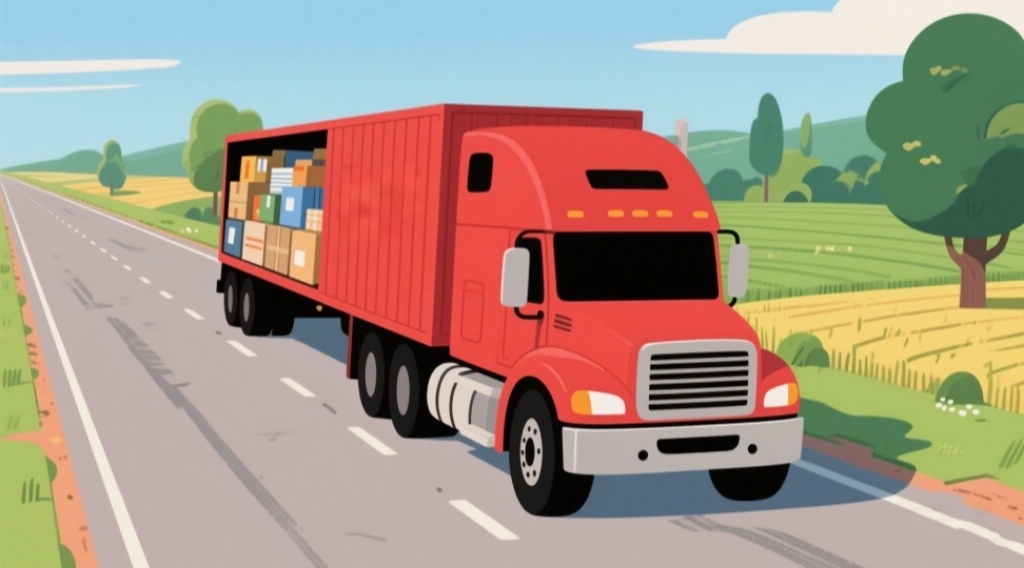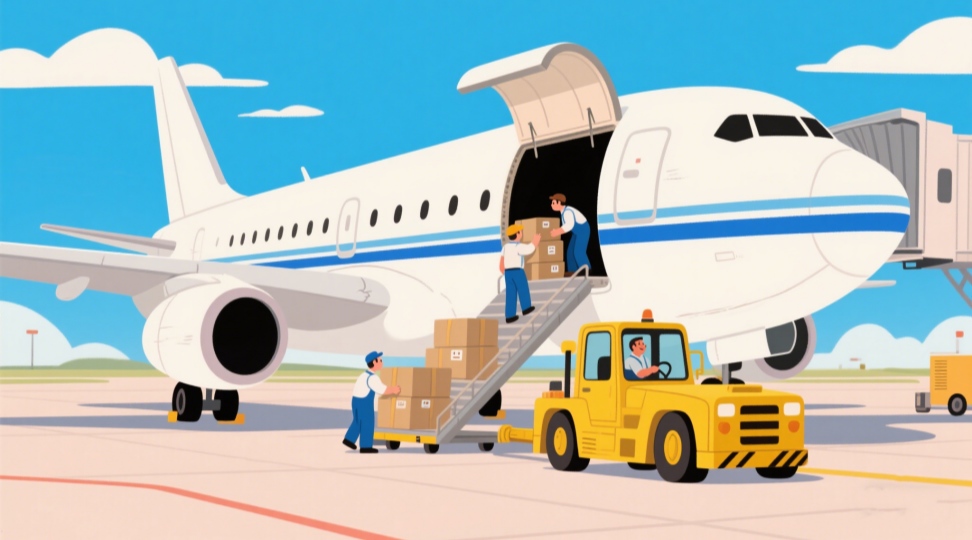Доставка из Китая в Россию: будущее трансграничной логистики
Экономическая синергия между Китаем и Россией укрепила их позиции как основных торговых партнеров. Двусторонняя торговля превысила 190 миллиардов долларов в 2024 году, а прогнозируемый рост обусловлен расширением инфраструктуры и стратегическими альянсами, такими как инициатива «Один пояс, один путь» (BRI). Поскольку компании ищут надежных логистические решения, Понимание динамики поставок из Китая в Россию, от способов транспортировки до соответствия, имеет решающее значение. В этом руководстве рассматривается меняющийся ландшафт, предлагаются практические идеи для оптимизации цепочек поставок и использования новых возможностей.

1. Виды транспорта: индивидуальные решения для грузовых перевозок
Выбор оптимального способа доставки зависит от типа груза, срочности и бюджета. Ниже приведены основные варианты международных грузоперевозок из Китая в Россию:
а) Железнодорожные грузоперевозки: сухопутная магистраль
Железная дорога остается краеугольным камнем торговли между Китаем и Россией, сочетая экономическую эффективность с умеренным временем транзита. Ключевые маршруты, такие как Транссибирская магистраль и Китайско-европейский железнодорожный экспресс, соединяют такие узлы, как Чунцин, Сиань и Москва, со средним временем транзита 14–25 дней. Недавние обновления инфраструктуры, включая новые железнодорожные линии в Сибири, увеличили пропускную способность на 8,7% в 2024 году, что делает железную дорогу идеальной для электроники, машин и массовых грузов.
б) Морские перевозки: экономичные массовые перевозки
Морской транспорт доминирует для крупногабаритных поставок, особенно в российские порты, такие как Владивосток (10–15 дней) и Санкт-Петербург (40–45 дней). Недавнее открытие судоходного маршрута Лункоу-Цзинцзян улучшает распределение угля, в то время как инновации, такие как услуги LCL (Less than Container Load), обслуживают МСП.
в) Авиаперевозки: скорость для критически важных грузов
Воздушные грузы зарезервированы для дорогостоящих или срочных товаров, рейсы прибывают в Москву за 1–7 дней. Основные хабы включают Beijing Capital и Shanghai Pudong, поддерживаемые партнерствами с такими авиакомпаниями, как Air China и China Southern.
г) Автомобильные грузоперевозки: гибкость благодаря перевозкам МДП
Расширение маршрутов TIR (Transports Internationaux Routiers) произвело революцию в дорожной логистике. Теперь грузовики пересекают ключевые пограничные переходы, такие как Маньчжурия и Хоргос, сокращая транзитное время на 58% по сравнению с традиционными методами. Это решение «от двери до двери» идеально подходит для скоропортящихся продуктов и региональных поставок по Центральной Азии и Беларуси.
2. Соблюдение правовых норм: избегание ловушек в трансграничной торговле
Навигация по российской таможне требует точности. Основные документы включают:
- Коммерческие счета-фактуры с точными российскими кодами ТН ВЭД (которые отличаются от мировых стандартов).
- Сертификаты происхождения и соответствия требованиям безопасности для регулируемых товаров (например, электроники, машин).
- Технические описания используются для того, чтобы избежать штрафов за неправильную классификацию, которые могут привести к штрафам или конфискации груза.
Сотрудничество с такими экспертами, как Уважаемый железнодорожный транспорт обеспечивает соблюдение меняющихся санкций и оптимизированных процессов таможенной очистки, особенно для таких чувствительных секторов, как автомобилестроение и электроника.
3. Новые тенденции, определяющие логистику в 2025 году
а) Расширение TIR и интеграция BRI
Ратификация Китаем Конвенции TIR ускорила трансграничные автомобильные перевозки, а инвестиции BRI улучшили железнодорожное сообщение, включая новые линии, связывающие Сибирь с китайскими промышленными зонами. Эти разработки поддерживают международные автомобильные перевозки (международные автомобильные перевозки) и снижают зависимость от перегруженных морских маршрутов.
б) Геополитические сдвиги и диверсификация маршрутов
Кризис на Красном море и санкции перенаправили 37% грузов на альтернативные железнодорожные и автомобильные перевозки. Между тем, фокус России на милитаризованном экономическом росте подстегнул спрос на китайскую технику и товары двойного назначения, что требует гибких логистических стратегий.
в) Цифровизация и устойчивость
Внедрение систем отслеживания в режиме реального времени и логистических платформ на базе искусственного интеллекта повышает прозрачность, а снижение выбросов углекислого газа в секторе железных дорог соответствует глобальным целям устойчивого развития.

4. Выбор логистического партнера: основные критерии
Надежный поставщик должен предлагать:
- Опыт в области мультимодальных перевозок: бесперебойная интеграция железнодорожного, автомобильного и морского транспорта, особенно для сложных маршрутов, включающих Центральную Азию 410.
- Знание нормативных требований: владение протоколами МДП и соблюдением таможенных правил для минимизации задержек.
- Интеграция технологий: цифровые платформы для отслеживания в реальном времени и предиктивной аналитики.
At Уважаемый железнодорожный транспорт, мы специализируемся на транспортных перевозках (международных грузовых услугах), предоставляя комплексные решения, адаптированные к динамично развивающимся потребностям рынка.
Заключение
Будущее перевозок из Китая в Россию зависит от адаптивности. Используя инновации, такие как грузовые перевозки TIR и железнодорожные сети BRI, компании могут преодолеть геополитические и логистические проблемы. Для партнера, нацеленного на эффективность и соответствие, изучите Уважаемые службы железнодорожного транспорта— ваш путь к бесперебойной трансграничной торговле.
Поскольку международная перевозка грузов (международные грузовые перевозки) развивается, поддержание актуальной информации и сотрудничество с экспертами обеспечат процветание вашего бизнеса в этом жизненно важном торговом коридоре.
















 IPv6 ПОДДЕРЖИВАЕТСЯ СЕТЬЮ
IPv6 ПОДДЕРЖИВАЕТСЯ СЕТЬЮ
